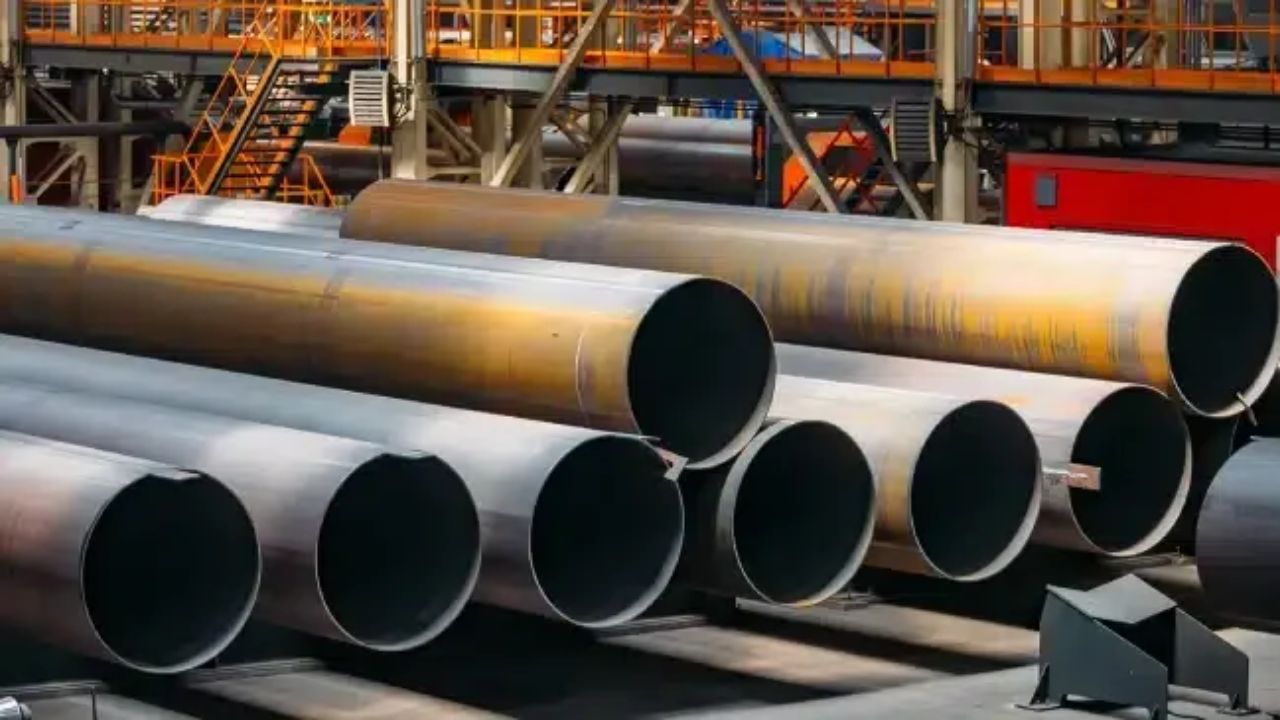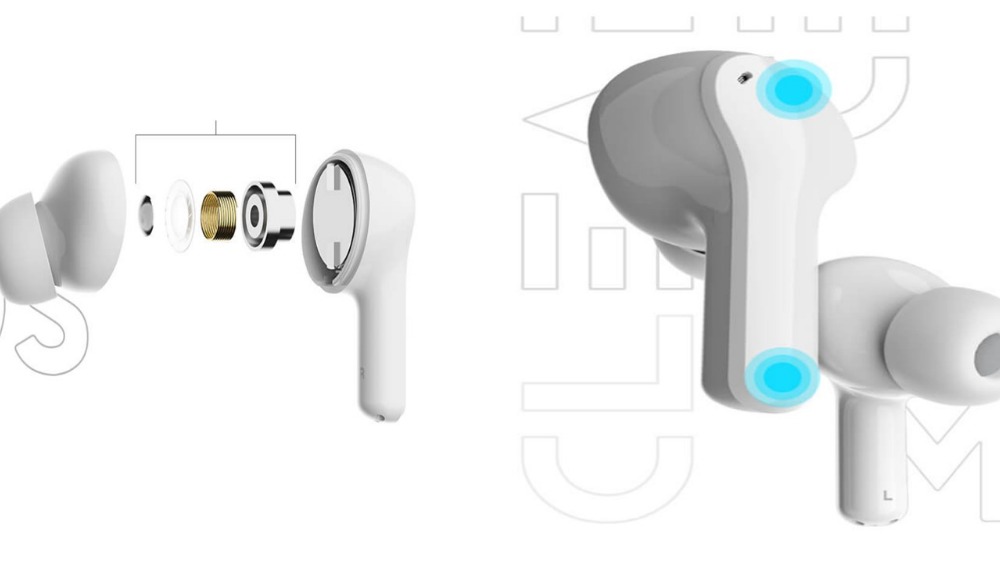Tianjin United Steel Piping (TUSPIPE) has continued to be a reliable supplier as it has provided an effective and precise Steel Pipe Diameters Chart/Standard that allows customers to make well-informed decisions regarding each application. Having many decades of experience and maintaining the high quality of the production, TUSPIPE makes sure that every given pipe will correspond to the industry standards and meet the demands of the project.
Understanding Steel Pipe Diameters
A particular standard and measurement specify the sizes of steel pipes. The diameters may be described in various ways, usually as outside diameter (OD) or inside diameter (ID). The OD is the dimension of the entire width of the pipe, where the edges are considered its outer edges, and the ID is the inner compartment through which the fluids or gases flow. The chart used by TUSPIPE takes into consideration both measurements, and the customers will find it easy to identify the appropriate size of the pipes to use according to their operational requirements.
The Role of Wall Thickness in Pipe Sizing
Apart from OD and ID, wall thickness is a critical feature of the specification of pipes. The thickness of the wall (measured in schedules, e.g., Sch 40 or Sch 80) has a direct impact on the strength, weight, and ability of a pipe to handle pressure. The chart with the size and thickness measurements displayed on the diameter steel pipe also represents the data of the wall thickness in executable form, making the task of an engineer, contractor, and procurement team complete. Thicker pipes with a higher wall thickness are required in high-stress areas or in high-temperature areas, with low-stress applications having a possibility of having a thinner wall, thus cutting costs without compromising safety.
A Comprehensive Diameter Range
There is a wide scope of diameters in the chart of TUSPIPE, which begins with a mere size of half an inch and extends to large sizes of pipes with a diameter of thirty-six inches. Local plumbing, HVAC, and the distribution of low-pressure gases, etc. Many times use pipes of smaller dimensions. Medium-sized pipes are also widely used in commercial water supply or industrial processes. In oil and gas transmission, heavy-duty drainage and municipal water mains, large diameter pipes are essential. This can be done through the provision of such a broad range since TUSPIPE facilitates the support of any project, no matter how small or big it is, with the right size of pipes.
Accuracy That Supports Performance
A correct diameter chart not only continues to be a technical reference but also a performance guarantee. The wrong size may result in inefficiencies in operations, leaks, or even a system failure. Careful measurements made by TUSPIPE guarantee that every measurement indicated on its list represents actual measurements in the field by subjecting them to intensive quality control analysis. Such accuracy gives engineers and contractors the ability to create systems that can meet the flow demand, have optimum pressure, and have longevity.
Applications Across Industries
The fact that TUSPIPE has a steel pipe diameter chart that is quite versatile makes it suitable for an incredibly broad range of industries. Pipe sizing shall be carried out in the right manner in order to transport the oil and gas efficiently in the energy industry. It also ensures structural integrity in construction, from commercial buildings to bridges. It is used in manufacturing industries to aid accuracy in the production line and the construction of equipment. In simple technologies such as irrigation systems or plumbing of houses, the right size of the pipe safeguards against expensive redesign and operation.
TUSPIPE’s Commitment to Quality
The philosophy behind TUSPIPE in terms of steel pipe sizing can be said to contribute to its larger sense of excellence. All products are inspected carefully, and the company also follows international standards of API and ASTM. This commitment to good quality, coupled with superior technology of production as well as experience in the international market, enables TUSPIPE to be compassionate to its international clients. The steel pipe diameter chart is merely an example of simplifying complicated technical choices that the company offers to its customers to concentrate on the delivery of their projects.
Conclusion
Choosing the appropriate steel pipe size is a major procedure in maintaining safety, performance, and a cost-effective project. The TUSPIPE steel pipe diameter chart has accurate and trustworthy information covering an enormously broad set of sizes and applications. TUSPIPE is a professional, technical, and practical guide that enables engineers, contractors, and any individual in the industry to make firm choices and decisions. Be it on a small-scale residential or a large-scale industrial venture, TUSPIPE knows how to work in the right dimension to guarantee a good end to every application.










